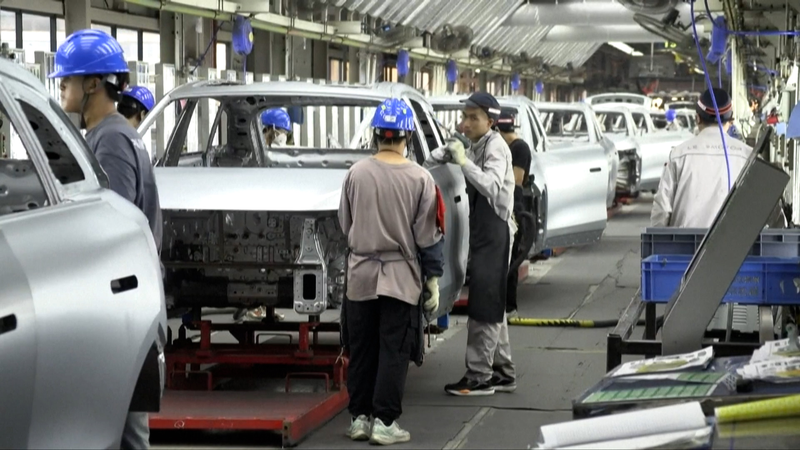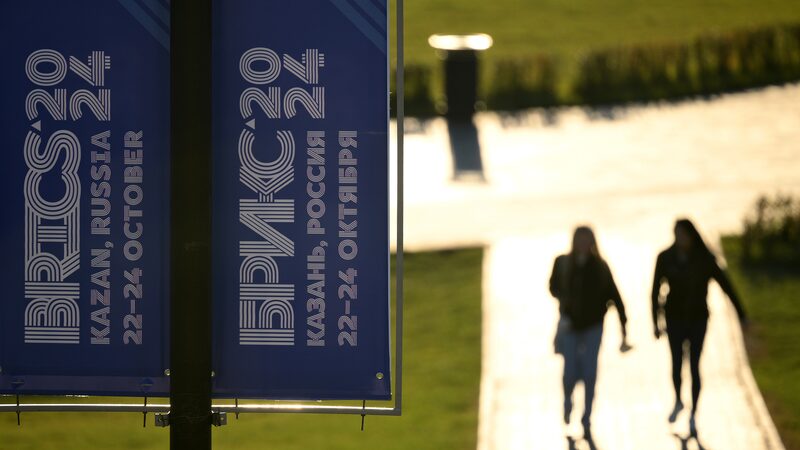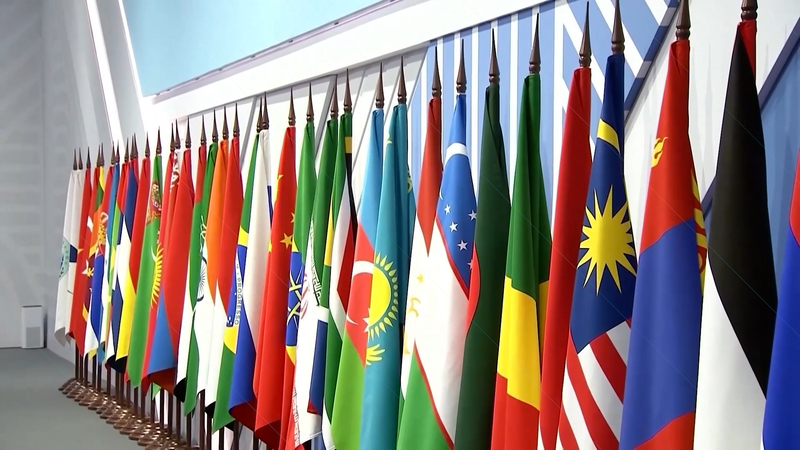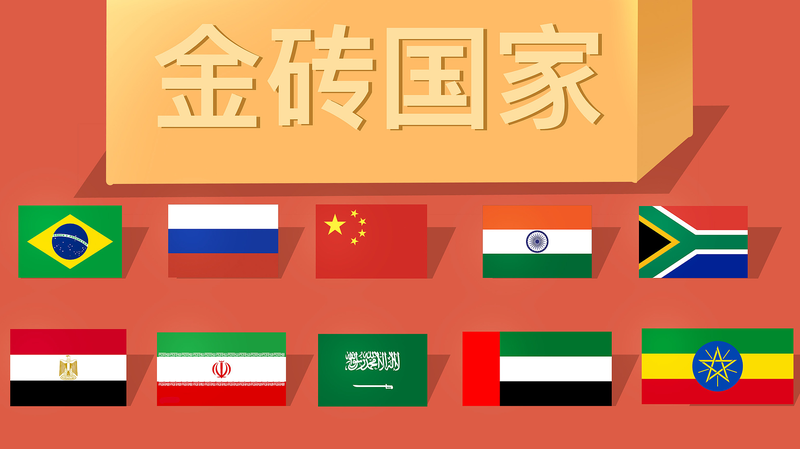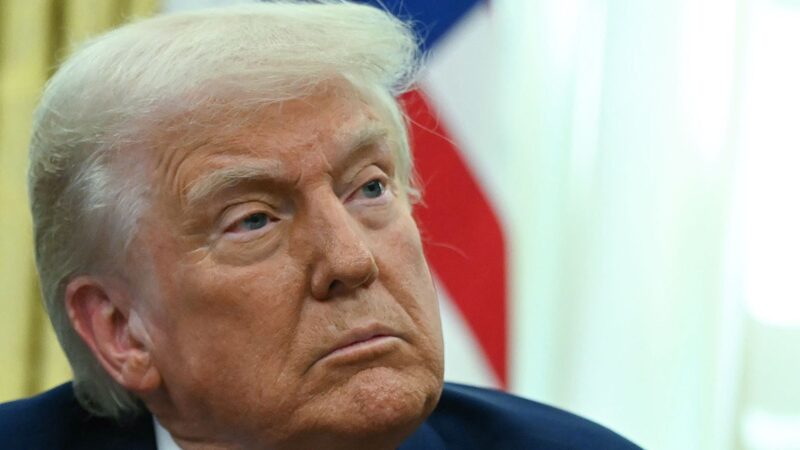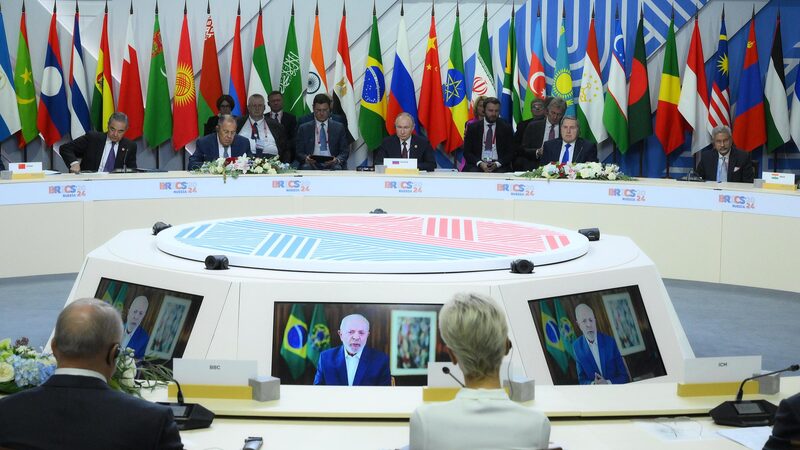As the BRICS summit opens on July 6, member nations are accelerating efforts to reshape global trade dynamics amid rising U.S. tariffs. The bloc – comprising Brazil, Russia, India, China, and South Africa – represents 40% of the world's population and a quarter of global GDP, positioning it as a critical counterweight to Western-led economic policies.
Recent U.S. tariff hikes have particularly impacted manufacturing-focused BRICS economies, driving intensified collaboration within the group. China and Brazil have emerged as key architects of this shift, with bilateral trade reaching $157 billion in 2023. Analysts suggest the summit may unveil new mechanisms for local currency settlements and digital trade frameworks.
"This isn't just about tariff resistance – it's about building systemic alternatives," said Dr. Li Wei, a Shanghai-based trade economist. "BRICS nations are leveraging their combined market size to redefine value chains in green technology and critical minerals."
The summit's agenda reportedly includes discussions on expanding the New Development Bank's role and creating joint infrastructure funds. These developments hold particular significance for investors eyeing emerging markets in Asia and Latin America.
Reference(s):
cgtn.com
